
What we offer?
Our Services
Safety & Equipment Supply


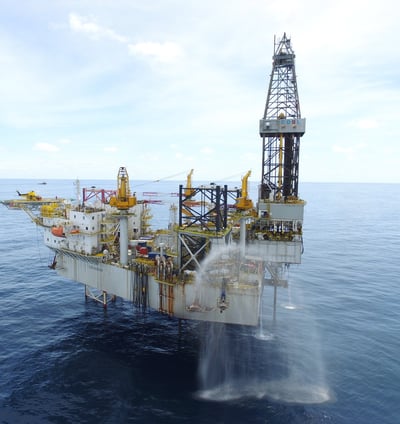

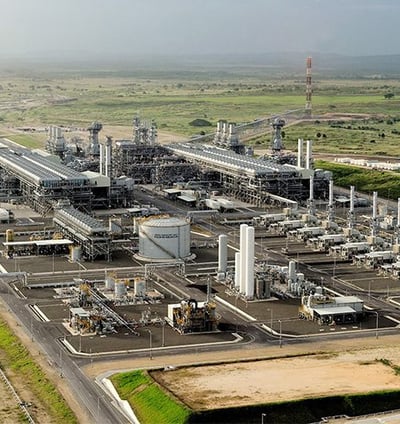

Personal Protective Equipment (PPE) & Safety Gear: Provision of high-quality safety wear, including flame-resistant clothing, high-visibility uniforms, safety boots, gloves, helmets, and respiratory protection, ensuring compliance with industry safety standards.
Drilling & Construction Equipment: Supply of advanced drilling rigs, pumps, compressors, and other essential machinery tailored for mining, oil & gas, and pipeline operations.
Smart Technologies & Automation
Information Technology Solutions: Implementation of smart technologies for data management, real-time monitoring, and automation to enhance operational efficiency and decision-making processes.
Geospatial Mapping & Database Services: Utilization of GIS and other mapping tools for accurate site analysis, planning, and resource management.
Engineering & Project Management
Engineering Services: Comprehensive civil, structural, and geotechnical engineering solutions supporting infrastructure development across sectors.
Project & Site Management: End-to-end management of drilling and construction projects, ensuring timely delivery, budget adherence, and quality control.
Personal Protective Equipment
Mining safety wears, or personal protective equipment (PPE), are crucial for protecting miners from various hazards in the mine environment. This includes items like hard hats, safety glasses, hearing protection, respirators, and specialized clothing such as high-visibility (hi-vis) apparel. Effective use of PPE, combined with a strong safety culture, is essential for reducing injuries and fatalities in mining operations.
Key Components of Mining Safety Wears:
Hard Hats: Protect the head from falling objects, impacts, and other hazards.
Safety Glasses/Goggles: Shield the eyes from debris, dust, and chemicals.
Hearing Protection: Protects against noise-induced hearing loss from machinery and other loud sources.
Respirators: Filter out dust, gases, and other airborne contaminants, especially in underground mining.
Hi-Vis Clothing: Enhances visibility in low-light conditions, especially hi-vis vests, shirts, and even hard hat liners.
Gloves: Protect hands from cuts, abrasions, and chemical exposure.
Safety Footwear: Offers protection against crushing injuries and impact, often with steel toes or metatarsal protection.
Specialized Clothing: Includes coveralls, full-body suits, and protective apparel designed for specific hazards like heat, cut resistance, or contamination control.
Importance of Proper PPE:
Risk Reduction:
PPE reduces the risk of injury and illness from various mining hazards, including falling objects, exposure to dust and chemicals, and noise-induced hearing loss.
Compliance:
Many mining regulations mandate the use of specific PPE, and failure to comply can result in fines and legal consequences.
Worker Safety:
PPE ensures the safety and well-being of miners, reducing the likelihood of accidents and serious injuries.
Industry Standards:
Mining operations should adhere to industry standards and best practices for PPE selection, training, and use.
Beyond PPE:
Safety Culture:
A strong safety culture, where safety is prioritized and workers are empowered to report hazards, is crucial for reducing accidents.
Training:
Proper training on the use of PPE is essential to ensure that workers understand how to wear and maintain it effectively.
Regular Inspections:
Regular inspections of PPE to ensure it is in good working order and properly maintained are also vital. didn’t come this far to stop
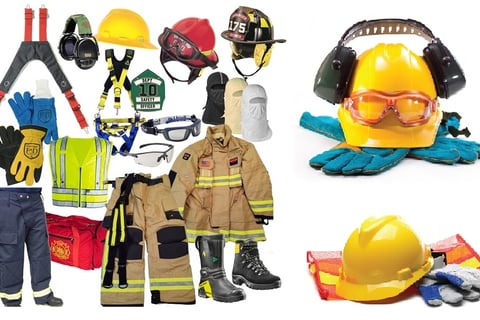

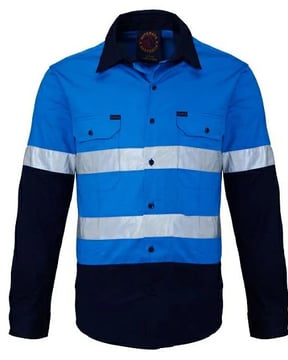

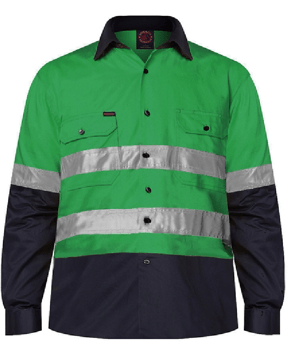

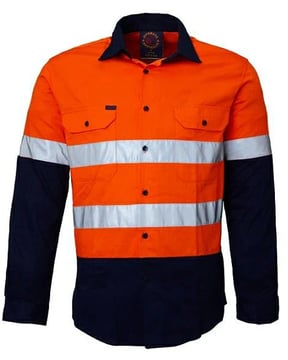



Detection and Monitoring Equipment
Gas Detectors: Monitor for hazardous gases like methane (CH₄), hydrogen sulfide (H₂S), and carbon monoxide (CO).
Air Quality Monitors: Assess levels of dust, oxygen, and other airborne contaminants.
Noise Level Meters: Measure sound levels to ensure compliance with hearing conservation programs.
Emergency and Safety Systems
Fire Extinguishers: For immediate response to fires.
First Aid Kits: Contain essential medical supplies for treating minor injuries.
Emergency Showers and Eyewash Stations: Provide immediate decontamination in case of chemical exposure.
Rescue Equipment: Includes stretchers, retrieval systems, and confined space rescue tools.DuPont
Communication and Tracking Devices
Two-Way Radios: Facilitate clear communication between workers, especially in remote areas.
Personnel Tracking Systems: Monitor the location of workers in real-time for safety and coordination.
Site Safety Equipment
Barricades and Warning Signs: Alert personnel to hazardous areas and restricted zones.
Cable and Hose Protectors: Prevent tripping hazards and protect essential lines from damage.
Ventilation Systems: Ensure adequate airflow in confined or underground spaces.

